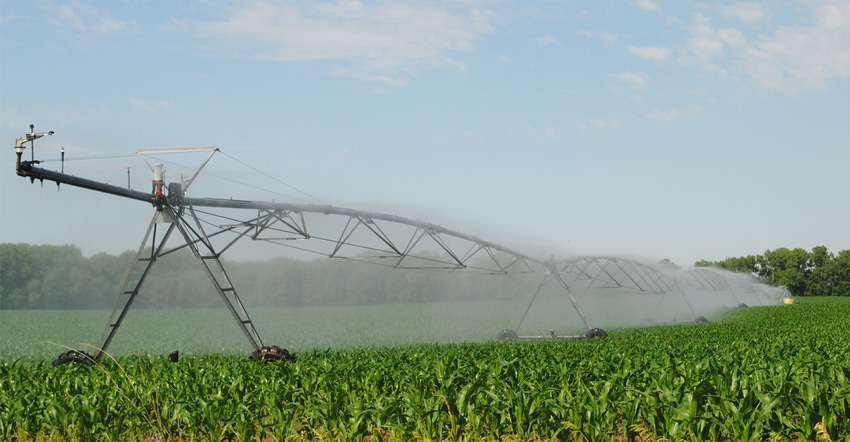
With 8.5 million acres in crops and pasture under irrigation — roughly 15% of all irrigated acres in the U.S. — Nebraska is the nation's irrigation leader. However, statewide groundwater levels have been sustained at levels less than a foot down from pre-irrigation development in the 1950s. In many areas, groundwater levels are actually higher.
This phenomenon didn't happen by accident. Thanks to LB1357, legislation creating a system of natural resources districts that passed Nebraska's Legislature in 1969, the unique NRD system was established. This network of 23 multipurpose NRDs established along naturally delineated river basins across the state, officially merged the resource management responsibilities that previously fell to 154 special-purpose districts that were mostly aligned along county or multi-county borders. The success of the NRD system over its 45-year history is the reason that at least 11 states, ranging from Washington to Arkansas and Illinois to California, have contacted the Nebraska Association of Resources Districts to take an in-depth look at how they might apply the same principles to their own needs.
Dean Edson, NARD executive director, has fielded many of these inquiries, so he understands why the NRD system has been able to protect groundwater quantity and quality over the decades.
"Other states are facing massive groundwater level declines — some over 100 feet down and some over half of the original aquifer supply," says Edson. "We might be down in a given year, but working with irrigators and depending on rainfall, our water levels will often go above pre-development levels." That's why other states tell Edson that they wish they had developed a Nebraska-style long ago.
Governed by a locally elected board of directors, NRDs work with producers to design plans to meet local resources needs, he says. The late 1960s when the system was established was a crucial period. "Back in the 1960s, there was a massive increase in groundwater irrigation in the state," Edson says. "The state was looking at a way to recognize that irrigation in agriculture is good, but it needed to be regulated at some point to protect the water resources for everyone. Through the NRD legislation, the Legislature allowed local people to develop their own management plans, looking at their own river basins holistically."
Stabilizing groundwater levels for multiple uses including irrigation and municipalities is not easy. "Producers have input," Edson says. "Especially in areas of decline, no one wants to pump it all dry and run out of water. We all want to retain our resources." Over the years, some NRDs have developed and enforced water allocations for irrigation and moratoriums on new irrigation wells in specific groundwater management areas and partnered with agribusiness and farmers to come up with new technologies to monitor irrigation and improve watering efficiencies, he adds.
"Our irrigation center-pivot manufacturers are a blessing in Nebraska," Edson says. Because of improved efficiencies of pivots, farms that once used up to 30 inches of water to produce a crop through gravity irrigation now use only 11 to 14 inches annually with pivots, and crop yields continue to increase, he explains.
"Our great partnerships with agencies like NRCS and Extension, as well as agribusiness and our producers, have led us to more rapidly adopt new irrigation tools like soil moisture probes and telemetry to monitor and operate center pivots," Edson says. "Because we have taxing authority, NRDs also have the funding to raise money locally to cost-share with producers" on technologies that improve irrigation efficiency and reduce water loss and cost.
"Not all of the regulatory authority was granted to the NRDs upfront," says Edson. "But the law created the framework, and over time new statutes were developed that outlined evolving authorities for the NRDs. The process continues today, as we gain data and research on resource management so we can continually upgrade to do a better job."
Learn more about the role of Nebraska's NRDs in protecting groundwater supplies at nrdnet.org.
About the Author(s)
You May Also Like






